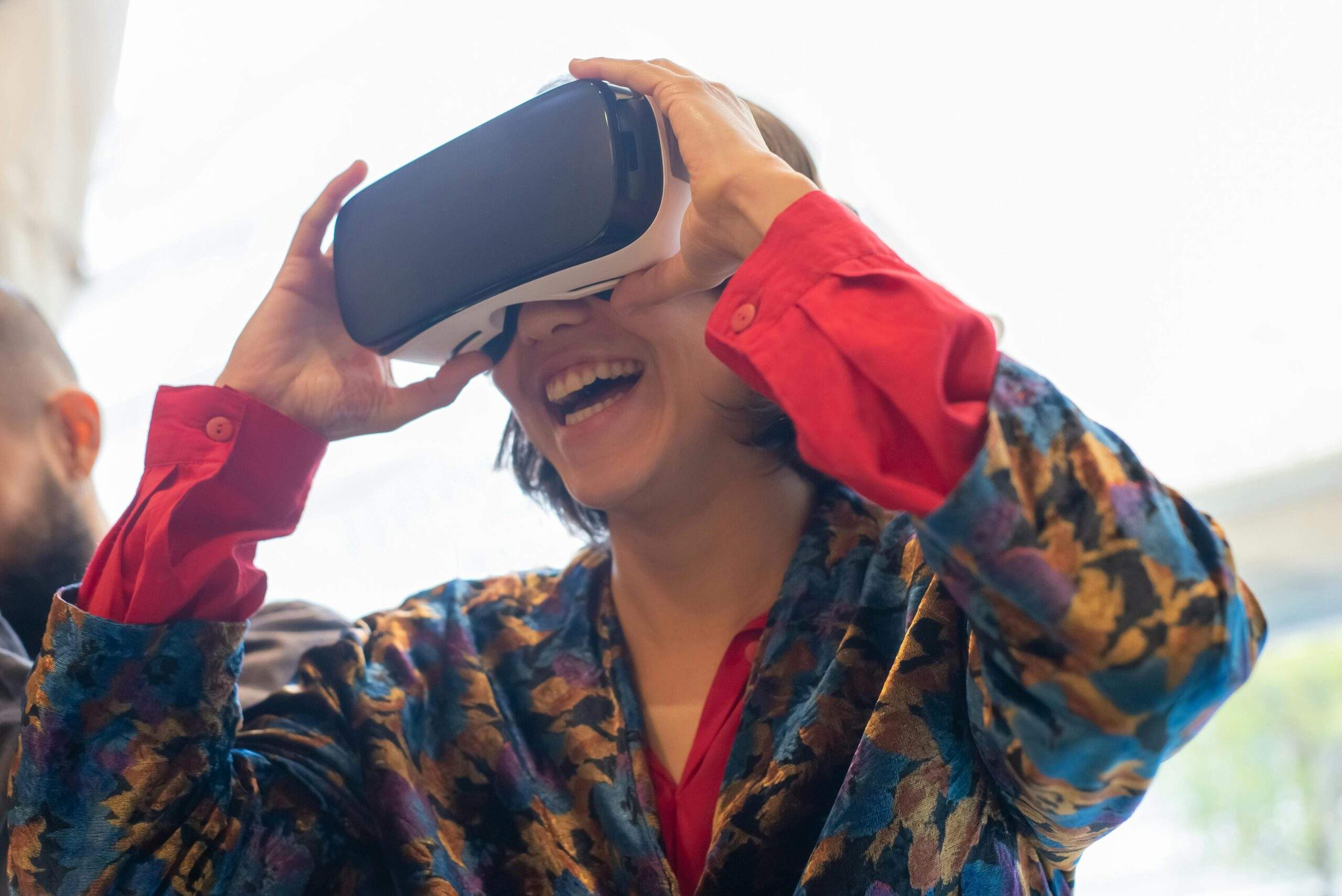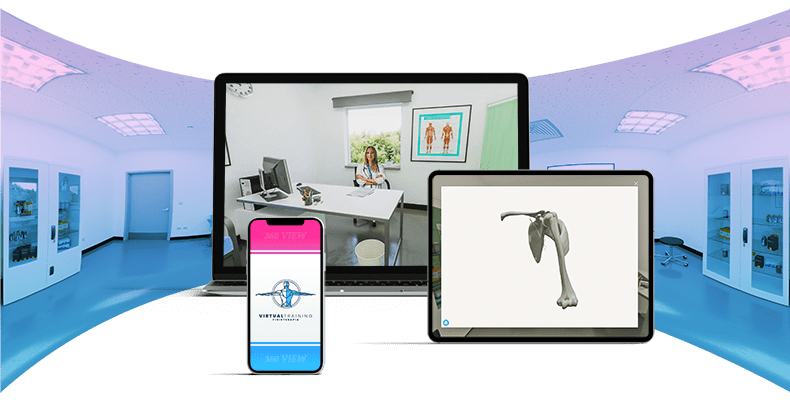Technology is rapidly transforming the way we design and furnish our spaces. In recent years, Augmented and Virtual Reality in particular have become increasingly popular in the design and furniture industry to provide engaging and immersive experiences.
These technologies offer professionals and their clients the possibility to visualise in a realistic way how furniture and objects might interact in their surroundings.
In this article, we will explore how AR and VR are changing the world of design and furniture, offering benefits that go far beyond simple visualisation.
ADVANTAGES OF AR AND VR IN DESIGN AND FURNITURE
Among the many benefits of using AR and VR in design and interior design are:
Realistic and real-time visualisation
One of the biggest innovations of Augmented and Virtual Reality technologies in the world of design and furniture is the ability to realistically visualise how an object will look in a real space.
This allows designers to make changes in real time and see how their products will fit into their surroundings.
For example, if you want to see how a sofa will fit into the layout of a room, you can use Augmented Reality to place the model of the sofa within the image of the room and visualise it realistically from your device. In this way, it will also be possible to make changes in real time, and see how these will affect the appearance of the entire room.
Possibility to test different design solutions
To find the perfect one for the customer’s needs, without having to make costly changes after implementation.
Creating immersive experiences for customers
With these technologies, customers can explore virtual environments realistically, simulating the feeling of actually being in the room.
Time and cost savings in the design and furnishing process
Before using these technologies, the process of visualising furnished spaces required the creation of physical models or 2D sketches, which entailed significant costs and time. With the new Augmented and Virtual Reality technologies, on the other hand, professionals can create virtual environments with a low investment of time and resources, saving time and money.
Customisation
Thanks to AR and VR technologies, designers can offer their customers a high level of customisation. In a virtual environment, clients can select and customise their furniture, choosing from a wide range of colour, material and pattern options.
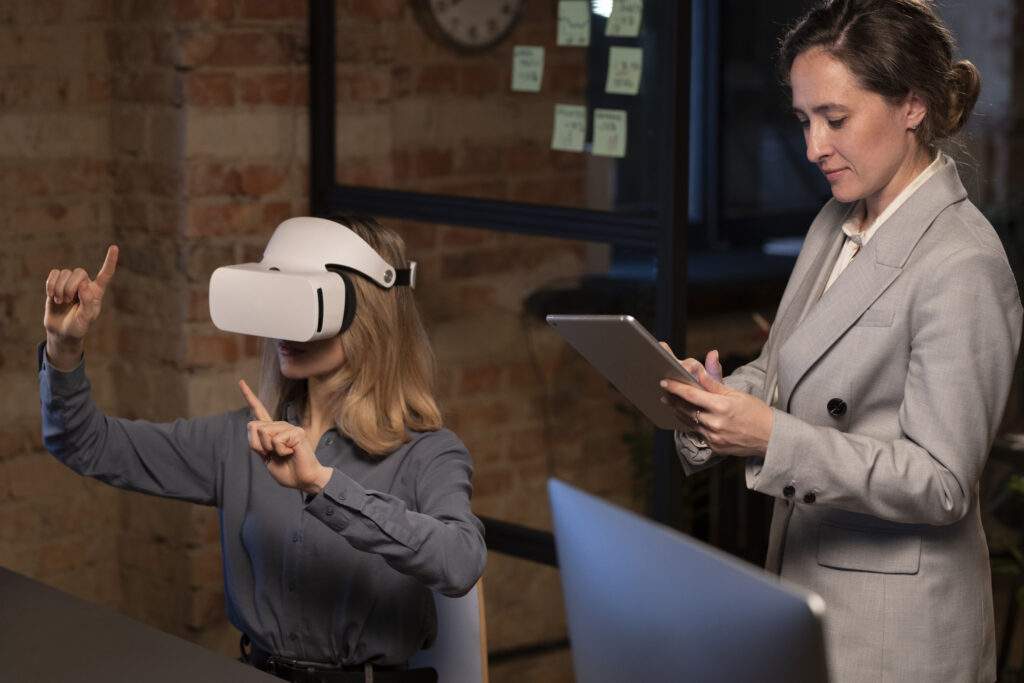
This allows them to create a furnished space tailored to their needs, enhancing the overall customer experience.
Collaboration
AR and VR technology also offers an excellent opportunity of collaboration between design professionals and their clients. In a virtual space, professionals and their clients can explore design and décor options together, exchanging feedback in real time. This allows clients to have more control over the design and furnishing process and professionals to respond to their needs and preferences.
Marketing and Advertising
Finally, AR and VR can be used as marketing and advertising tools to create engaging and realistic presentations of furniture solutions for customers. This allows professionals to more effectively present their work, improving customer perception and increasing the potential for new customer acquisition.
SOME APPLICATION EXAMPLES
Visualising furniture in Virtual Try-on
Users can use an Augmented Reality app to digitally place furniture in a virtual environment and see how it would fit with the arrangement of objects in their space directly from their device.
Design and project planning
Augmented and Virtual Reality can also be used for interior design, enabling design professionals to create realistic virtual spaces for their clients. The latter will be able to explore different design options, modify furniture elements and visualise the changes made in real time.
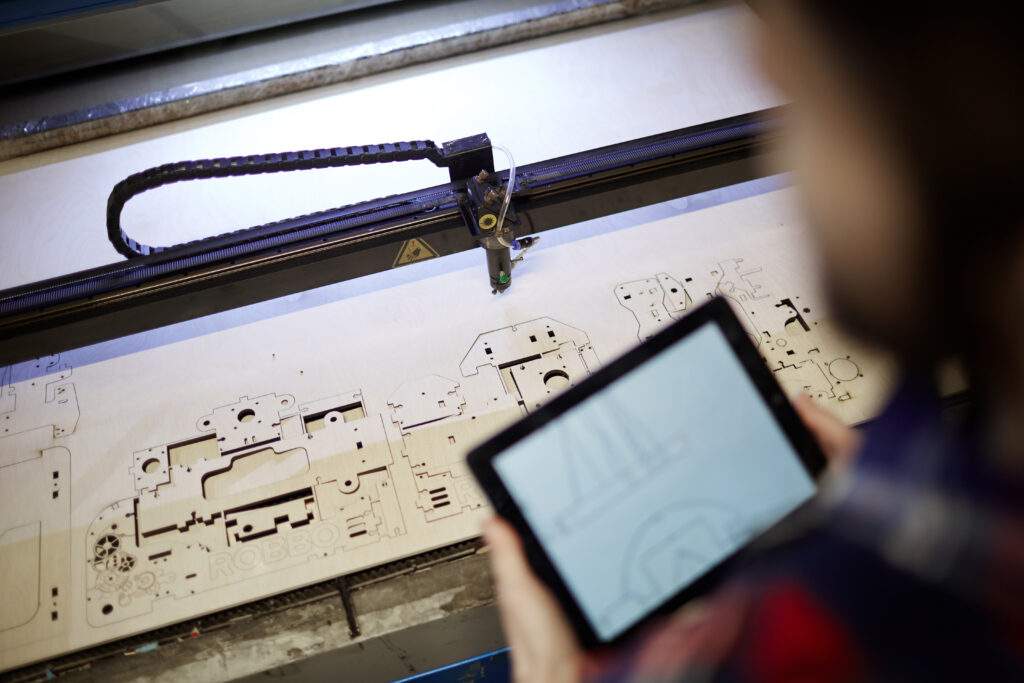
This would provide a high level of customisation and satisfaction of their customers’ needs.
Interactive Virtual Showrooms
Virtual Reality can be used to create virtual showrooms, where customers can explore furniture and products virtually, without having to physically visit a physical showroom.
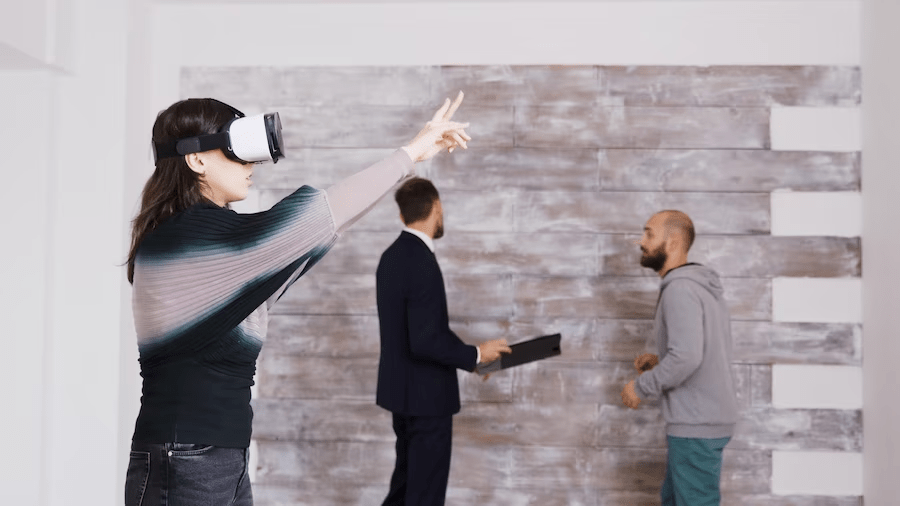
This allows customers to explore a wide range of furniture options, access product descriptions and view user reviews without having to leave the house.
CONCLUSIONS
Despite many challenges, AR and VR technologies in the design and furniture industry offer enormous potential to improve the customer experience, make it easier to create customised products and influence the purchasing process.
Besides making shopping more convenient, these technologies also have the potential to change the way people interact with their spaces.
If you are interested in learning more about the applications of AR and VR technologies in the design and furniture sector, do not hesitate to contact us and request a consultation with us!



